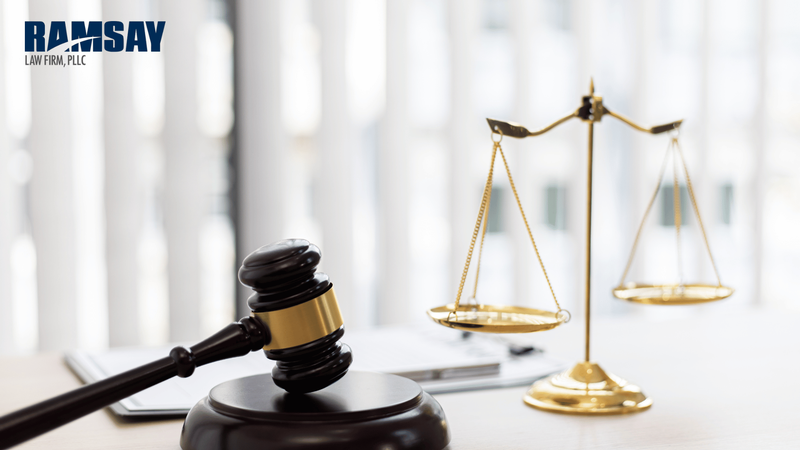It's Time for the State Alcohol Lab to Level Up

“Why won’t the State lab change for the better?”
That was a question I received on LinkedIn after pointing out some of the flaws of their alcohol testing methods.
The state lab has limited resources and high caseloads. They don’t have time to research every aspect that needs improvement. They do their best with the resources that they are given.
However, it’s our job to act as independent lab auditors. It’s something our clients expect of us. Spending hours reading scientific documents about chemical testing is not fun, but that’s part of our job. We do it because we want to get the best results for each of our clients.
But back in 2016, the breath alcohol lab finally started calculating the uncertainty of measurement for their breath alcohol tests. This only happened after years of me badgering the lab. I showed them the undisputable scientific documents showing the need to report uncertainty.
But, they did the uncertainty in a makeshift fashion. They performed the calculations fleetwide, instead of on an instrument-by-instrument basis. And they refused to print the uncertainty on the test record.
THE STATE HIDES EXCULPATORY INFORMATION
The state hides exculpatory information by refusing to print the uncertainty on the breath test record. You see, measurements are just the numbers printed on the test.
A measurement is a process by which you come to a final number. And part of that process involves taking into account things like bias and uncertainty into account.
The world’s most prolific researcher on alcohol, A.W. Jones said that uncertainty must be taken into account, and a deduction for uncertainty is essential:
“I consider it essential that a deduction is made from the mean result of duplicate or triplicate determinations of BrAC or BAC. The concentration of alcohol remaining after the deduction becomes the relevant figure for prosecution in DUI trials. In Sweden, reporting the lowest result, with 99.9% confidence, is a mandatory requirement for legal purposes. This means that a suspect with a true BrAC just below a critical legal limit runs a 1 in 1000 chance of being convicted.”
TIME TO PUT SCIENCE FIRST
Every time we go to court, we demand that the state set aside its biases and prioritize good science. It’s the right thing to do.
Here are some of the things we’ve been asking the state to improve:
- Follow basic quality control guidelines
- Stop miscalibrating instruments
- Start using matrix-matched controls
- Turn on the fuel cell on the breath machine
- Account for interfering substances
If the state doesn’t improve intrinsically, we’ll force them by winning court cases. We’ve had so much success that we’ve become “independent, external lab auditors!”
EVERY CASE IS WINNABLE
At Ramsay Law, we believe every case is winnable. Some law firms encourage you to agree to a plea deal. At Ramsay Law, we’re always coming up with new and creative ways to fight for our clients.
We unturn every stone to ensure we’re getting the best results for your case.
Call us to examine your case — 651-604-0000.
PS - Subscribe to our blog to keep up to date with the latest science and law of DWI.

